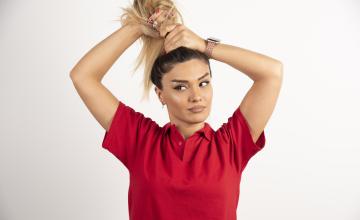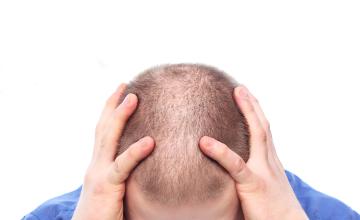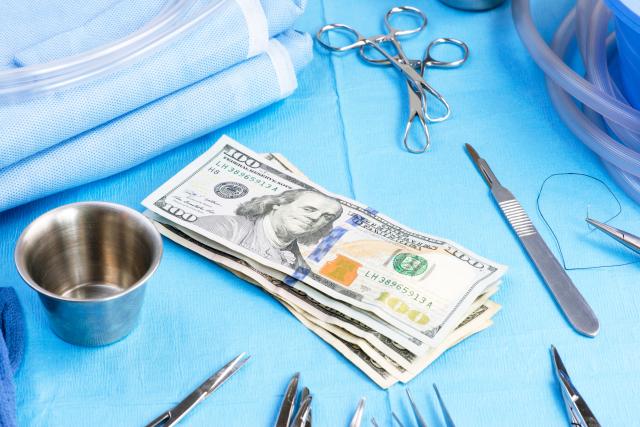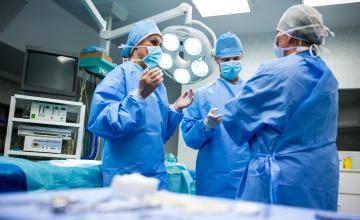Hair loss Myths - What is or isn’t true?
Maybe you’ve heard that wearing a tight baseball cap too often will make you bald or that if you wash your hair too much you’ll suffer hair loss. Well, they’re both old wives’ tales.
So what really causes hair loss and what’s myth?
Brushing to Grow Hair?
The idea of brushing the hair 100 times a day to stimulate the scalp circulation is a fantasy. In fact, if you brush your hair too much, you may end up injuring and losing hair.
This myth stems from the thought that hair loss was due to poor circulation and that brushing or massaging would improve blood flow and nutrition to the follicles. The truth is, bald or not, there’s no major difference in scalp circulation.
Styling and Hair Loss?
There’s some truth and some fiction when it comes to hair styling and Hair Loss.
It is true that certain hair styles, such as corn-rows or tight ponytails, can cause hair loss. These styles put undue tension on the hairs. But as for hair sprays, perm solutions, or coloring resulting in hair loss there’s no truth to that idea. These applications may cause some damage to the hair strands. But the all-important follicles, located under the skin, stay safe.
And what about the idea that haircuts will make your hair grow back thicker and faster? That’s wishful thinking. Everyone’s hair growth and length depends on their own unique hair cycle, which is based on both nutrition and heredity. The longer your growth phase the longer your hair growth.
Blowing away your hair?
What about hair dryers? Are these follicular incinerators?
The good news is there is no evidence that hair dryers cause thinning hair. However, too hot or too much drying may lead to brittle and breakable hair. Let common sense guide you and hold the hair dryer at a normal distance from your scalp and dry to your heart’s content.
Vitamins and Steroids?
Think about this – if you were losing hair because of a lack of vitamins or minerals in your diet, why wouldn’t the back and sides of your head be affected? In actuality, vitamin deficiency results in an even distribution of hair loss all over the head. Of course, it doesn’t hurt to take vitamins on a regular basis for your overall health.
Your follicles width and amount are based on heredity. So claims of hair growing miracle drugs or natural hair loss treatments are untrue.
However, steroids use can cause hair loss. Research has proven that anabolic steroids raise the levels of baldness-inducing male hormones. For those who are genetically prone to hair loss, this can speed up the loss in as little as 3 to 6 months. While this loss may be reversed, it can be permanent.
Sexual Activity to Grow Hair?
Unfortunately, there is no truth to the idea that the more sex you have, the less hair you’ll lose! And the same goes for the rumors that the chemicals released during sex can affect hair loss. Science has yet to uncover any proof to this fantasy. But that doesn’t mean you shouldn’t keep experimenting.
The Hair Loss Family Tree
Many men believe that if their father has a full head of hair, they’ll keep a good head of hair. But hair loss or hair growth is set by a genetic combination determined by both sides of your family.Of course, if your family tree is filled with balding scalps, you do have a better chance of losing hair.
Treatments that work
While hair loss sufferers spend small fortunes on treatments based on myths, there are several proven treatments, non-surgical and surgical.
Currently there are only two non-surgical hair loss treatments that are FDA approved for Hair loss. These two are Propecia (Finasteride) and Rogaine (minoxidil).
Other treatments may or may not help stop or reverse hair loss, but they are not formally approved by the FDA
To learn about proven treatments visit our Hair Loss Solutions section.

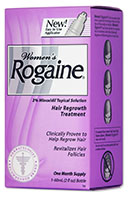 Rogaine for women is the most recommended treatment for hair loss on the market for women today, and the only FDA approved and clinically proven treatment available for female hair loss sufferers.
Rogaine for women is the most recommended treatment for hair loss on the market for women today, and the only FDA approved and clinically proven treatment available for female hair loss sufferers.




